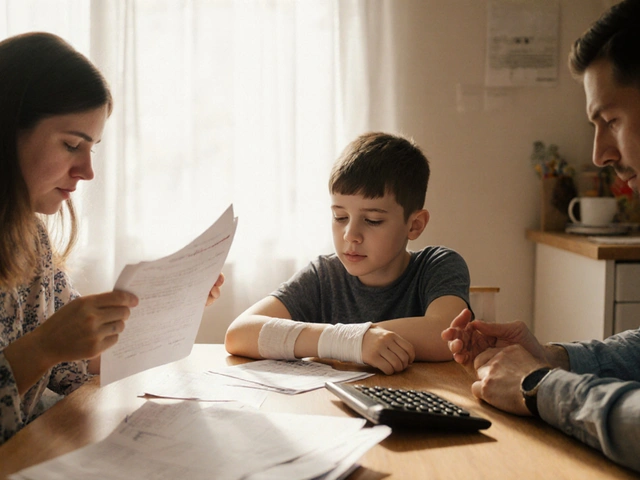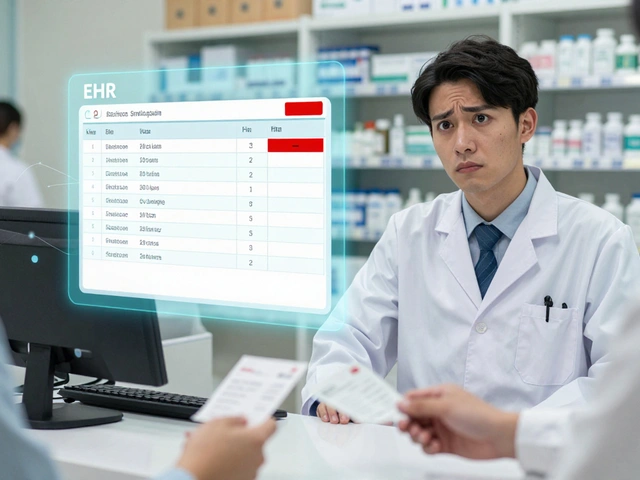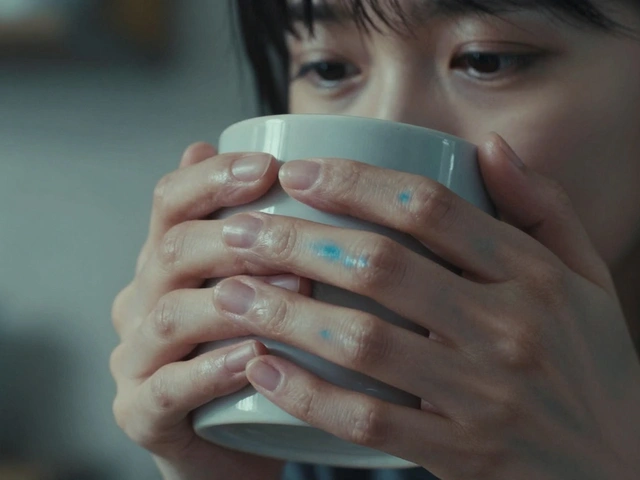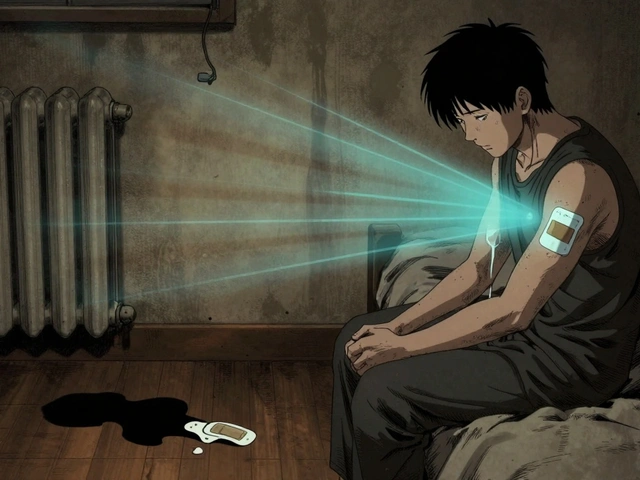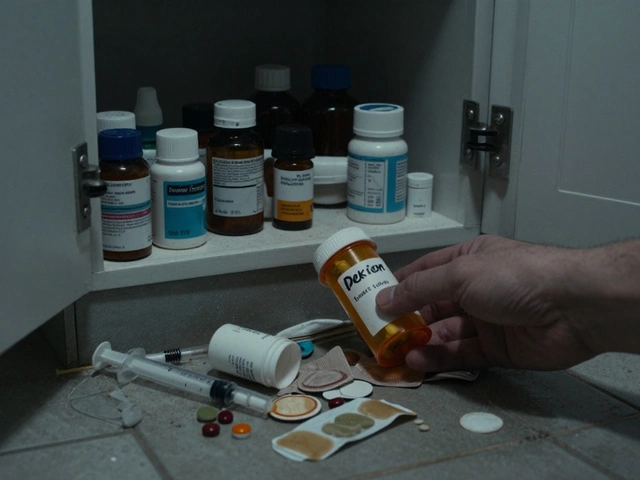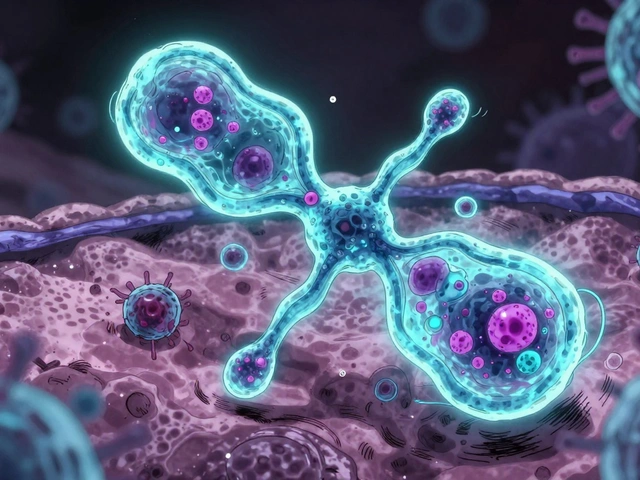Benzoyl Peroxide: Simple Facts and How to Use It Right
If you’ve tried to clear acne, you’ve probably heard about benzoyl peroxide. It’s a common ingredient in over‑the‑counter creams and gels that many people swear by. The good news is it’s cheap, easy to find, and works on most types of pimples.
What makes benzoyl peroxide effective is its ability to kill the bacteria that cause breakouts. It also helps unclog pores by removing excess oil and dead skin cells. Think of it as a double‑action cleaner that does the hard work for you.
How to Choose the Right Strength
Benzoyl peroxide comes in different concentrations: 2.5%, 5%, and 10%. If you’re new to it, start with the lowest dose. A 2.5% gel is usually enough to see improvement without overwhelming your skin. If you don’t notice any change after a couple of weeks, you can move up to 5%. The 10% version is best for severe acne but can cause more irritation.
Always read the label and pick a product that matches your skin type. Gel formulas dry faster, while cream versions are gentler and better for dry or sensitive skin.
Step‑by‑Step Guide to Using Benzoyl Peroxide
1. Cleanse: Wash your face with a mild cleanser and pat dry. A clean surface helps the medication work better.
2. Patch Test: Apply a tiny amount on the inside of your wrist or behind your ear. Wait 24 hours. If you see no redness or burning, it’s safe to use on your face.
3. Apply a Thin Layer: Use just enough to cover the affected areas. Thick layers don’t work faster; they just increase irritation.
4. Let It Dry: Give the product a few minutes to absorb before you put on other skin‑care items or makeup.
5. Moisturize: Follow up with an oil‑free, non‑comedogenic moisturizer. This prevents dryness, a common side effect.
6. Use Once or Twice Daily: Most people start with once‑a‑day application, usually at night. If your skin tolerates it well, you can add a morning dose.
7. Be Patient: You’ll likely see some improvement within a week, but the full effect shows after 4‑6 weeks. Stick with it.
Common side effects include mild redness, peeling, or dryness. If you experience severe burning or swelling, stop using it and talk to a pharmacist or doctor.
To keep the product from bleaching your clothes or towels, let it dry completely before touching fabrics. Some users also notice that cotton shirts can turn yellow if the gel contacts them.
When you travel, pack a small travel‑size tube. It’s easier to control the amount you use and less likely to cause a mess in your luggage.
Remember, benzoyl peroxide works best when combined with a good skin‑care routine: gentle cleansing, regular moisturizing, and sunscreen during the day. The medication can make your skin more sensitive to sunlight, so a broad‑spectrum SPF 30+ is a must.
If you’re pregnant, nursing, or have a skin condition like eczema, check with a healthcare professional before starting.
In short, benzoyl peroxide is a tried‑and‑true acne fighter. Start low, apply thin, moisturize, and give it time. Follow these simple steps, and you’ll see clearer skin without the hassle.
Learn what benzoyl is, how it works in acne treatments, safe usage tips, and how it stacks up against other skin actives. Practical guide for everyday users.



